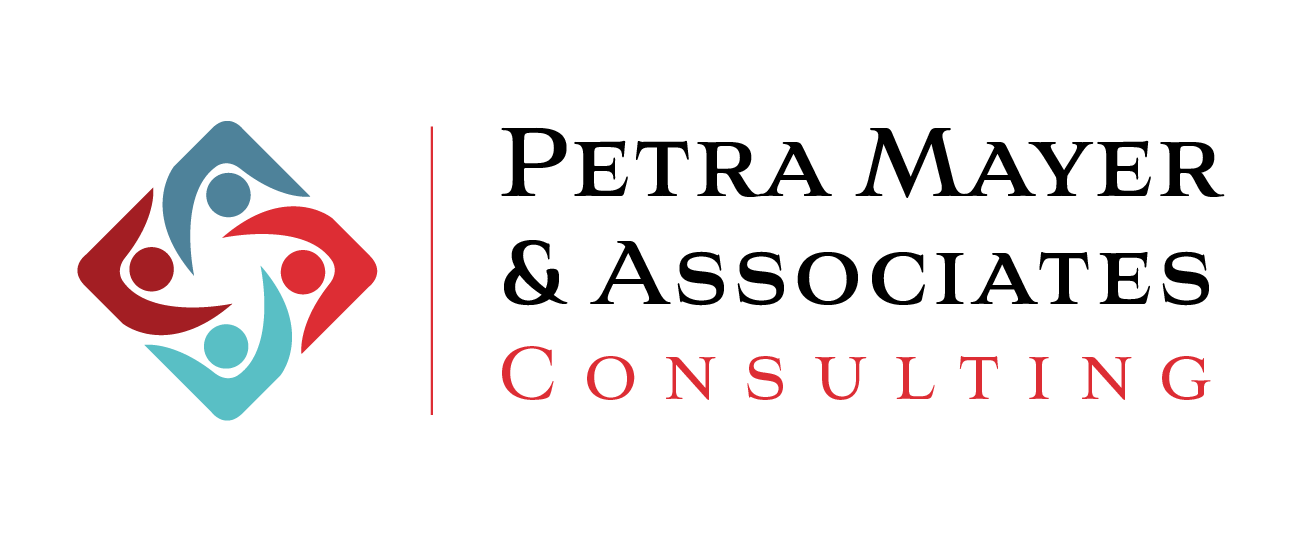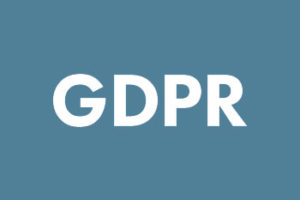This case study outlines our project with ProPricer, where we developed a series of software training courses for both new and experienced users of their government contracting proposal software. The project involved transitioning in-person training to pre-recorded courses, setting up standardized processes for future course development, and implementing the Talent LMS platform. Over eight months, we created 23 courses, complete with video lessons, exercises, and knowledge checks, and developed a procedures manual to enable the client’s internal team to continue course creation independently.
Transcription
In this case study, I will cover a project where we created a series of software training courses for new users and those who had experience with the software. The client was ProPricer, a software for creating proposals for US government contracts.
The Objectives
First, we had to be very clear about the objectives for the project.
Our client came to us because they recognized that they needed to transition their in person training to a series of pre recorded courses.
One important part of the project was to develop standards that will set up the organization for continued course development. It was the goal from the start to hand over the course development to the team, so they can manage it internally.
Not only were there many courses to be created for the initial programming, they also plan to develop other programs in the future. The project will lead to cost savings, and may provide revenue opportunities.
Initially, the client came to us for an LMS implementation. When diving into the project more deeply, it became clear that we needed to create an overarching strategy first.
Next, we developed the design and standardized look and feel for the training. In preparation for all the training to be developed we identified processes and set up the team combined of internal team members and my consultant team.
We started developing the courses by first creating a pilot project, which set the baseline for the courses to be created. Then we defined the settings for the LMS so that courses could be delivered in sequence for new users, and at the same time are available in a modular way for experienced users.
We created 23 courses before handing over the development to the internal team. We set up an operating procedure manual and train the team.
The Challenges
Throughout the project, we dealt with a number of challenges. As mentioned before, it was important to set standards that the internal team could count on in their ongoing course development. For example, one important part was to set clear naming conventions, file structure and development processes.
We realized there were more than 60 courses to create in total, the volume of work was large and the throughput was slow. Admittedly, it did take longer than we initially anticipated. The practical elements of this software training was to include a sandbox, which was delayed and that impacted the course development. And as with any LMS, there were limitations that we had to work around.
The Tools
We used a number of tools in the process of the development. Our development for the videos was mainly limited to PowerPoint and Camtasia recordings for the demos. We did this as development with PowerPoint is faster and less costly, and it allows for easier updates later on. Talent LMS was the chosen learning management system. It offers off the shelf options, is easy to configure and update. On the other hand, there are less options to customize the settings. We also wanted to have high accessibility and used otter.ai to transcribe the videos, improved the files and uploaded them as closed caption files.
The team collaboration with staff members in two locations plus our consulting team was done on Zoom and we used Google Drive for sharing and organizing our files.
The Courses
As mentioned, we created 23 individual courses, which were also set up in a learning journey for the different audience groups and new users were expected to go through a guided learning journey program requiring passing the knowledge check for each module. Experienced users by contrary are set up so they can access help when they use features of the program they may not have used for them the courses are a library of on demand resources.
Each course was consistently structured with a lesson overview, video lessons providing context and demo of the software, exercise instructions, job aids and a final Knowledge Check.
The Process
The following describes the process of this project. We started with a project charter where we documented the project. We then develop the high level design and the syllabus identifying all the courses and how they were bundled in learning paths. For this project, we decided to create a prototype to ensure approval of the look and feel, as well as the structure of the course. After review and approval of the prototype, the client prioritized the development and we went into production mode by developing one course after the other, implementing them on the LMS as they became available.
The last month of the project, we also ensured that all procedures were documented in the procedures manual that helped the training and handover of the project to the internal team.
The Result
To summarize, these were the results of the development.
We created 23 courses in total consisting of 92 video lessons, and 52 accompanying documents. Talent LMS is a suitable and easy to use platform to present the courses to both new users and experienced users. Learners can easily identify which course to take.
Each course is structured as a step by step lesson plan. Videos include a combination of voice over PowerPoint slides for context, and each video file has a closed caption file associated for high accessibility. While we cannot show the content of these demos, the image indicates a screenshot from the software solution that is being recorded to demonstrate the specific step in the learning process.
The adult learners are then encouraged to do exercises to repeat the process in the sandbox of the software. This is presented as a video and instructional documents are available for these exercises. Each course ends with a knowledge check where users go through the main principles of the course to deepen the learning. Knowledge checks provide them with immediate feedback.
The Learning
Each project provides new learning in this one is no different. Many dependencies in the project lead to a slower start, the scope seemed to increase as we develop the courses, it was very important to set the initial standards for the project. Setting the standards is time consuming initially, it saves time later in the project and ensures a basis for team collaboration. Especially when the team is dispersed across multiple companies and locations. It is important to follow standards, even if it is challenging.
In reflection. We provided this client with a valuable outcome by setting up processes and procedures, defining standards and developing a range of courses that became the foundation for the ongoing course development. After an eight month period, we concluded our involvement in the project and handed it over to ProPricer. We’re continuing the course development supported by clear standards and well defined processes

